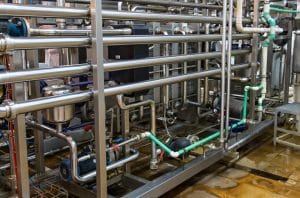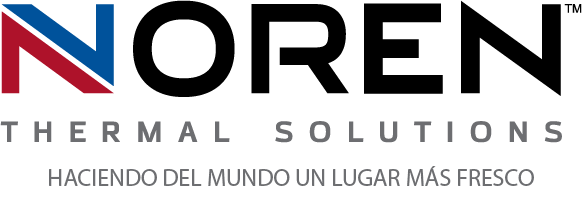 When it comes to choosing the right electrical thermal management systems, companies have a wide range of concerns aside from achieving optimal efficiency. For example, companies have to weigh the costs of energy and maintenance that the system will require, as well as the level of protection that they solutions can provide against things like condensation and harmful contaminants. Part of the reason why heat exchangers have become such an increasingly more preferred solution is because they not only offer more efficient electrical cooling, but can also provide looped cooling apparatus that help optimize safety and protection, as well.
When it comes to choosing the right electrical thermal management systems, companies have a wide range of concerns aside from achieving optimal efficiency. For example, companies have to weigh the costs of energy and maintenance that the system will require, as well as the level of protection that they solutions can provide against things like condensation and harmful contaminants. Part of the reason why heat exchangers have become such an increasingly more preferred solution is because they not only offer more efficient electrical cooling, but can also provide looped cooling apparatus that help optimize safety and protection, as well.
Principles of transferring waste heat
Modern heat exchangers are designed to transfer electrical waste in ways that are more convenient and less costly than more conventional cooling solutions. They often accomplish this through means such as natural/forced convection, conduction, and phase-change cooling, which utilizes a cooling fluid’s latent heat of vaporization. When the cooling fluid absorbs waste heat, it evaporates without allowing any rise in temperature within the electrical enclosure attached to it. The heated fluid is less dense and can more easily be transferred through a loop to a cooler area of the heat exchanger.
The protection offered by looped cooling
Heat exchangers such as heat pipes and cold plates are designed to confine electrical cooling to an open or closed loop system that’s more manageable than HVAC and other solutions. The fluid within a heat exchanger changes phase back into liquid after releasing the waste heat that it has absorbed. It then circulates back to absorb and transfer heat continuously in an efficient cooling loop. This process allows heat exchangers to provide a high level of protection, as well. In addition to using high-quality seals and gaskets for optimal ingress protection, the looped nature of the cooling fluid’s path further minimizes risks of contaminants entering the heat exchanger or electrical enclosure.
The advantages of custom thermal solutions
Optimal electrical cooling and ingress protection are among the most important advantages of modern heat exchangers, and are also key to the advantages that they bring to companies that utilize them. For instance, simplifying electrical cooling and the heat transfer process makes heat exchangers highly adaptable and customizable. For applications that require innovative thermal management solutions, heat exchangers often provide the most efficient and beneficial solution. For more information about the ways heat exchangers efficiently loop electrical cooling, call Noren Thermal Solutions in Taylor, TX, at 866-936-6736.







